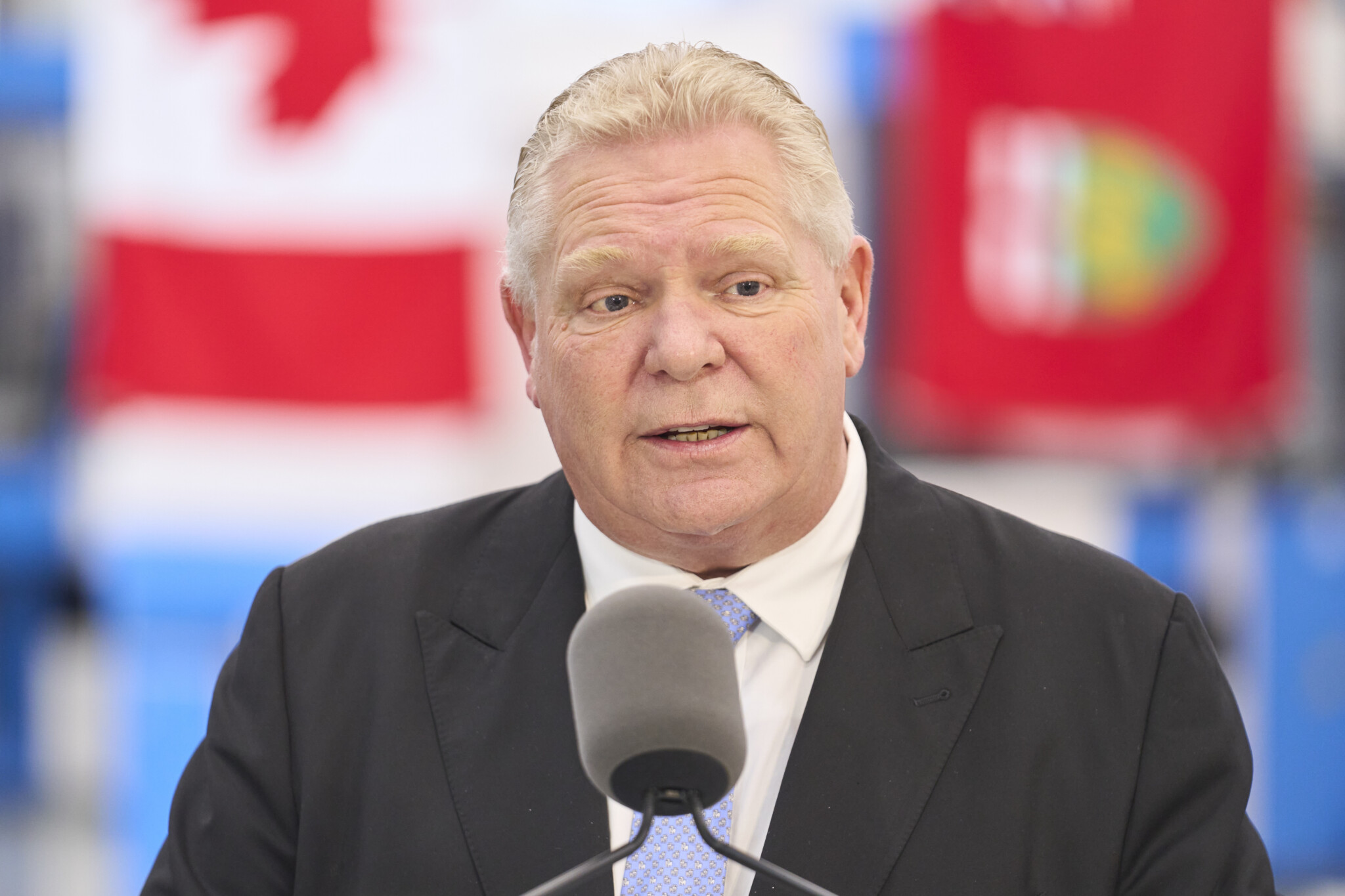In The Weekly Wrap, Sean Speer, our editor-at-large, analyses for Hub subscribers the big stories shaping politics, policy, and the economy in the week that was.
Denial, delay, and the illusion of prosperity—Ford’s unserious approach to the economy is only making things worse
The Ontario government’s latest budget confirms what has been increasingly evident: Premier Doug Ford is presiding over one of the most profligate governments in the province’s history.
Program spending for 2025–26 is now projected to reach $204 billion—roughly $50 billion more than at the height of the COVID-19 pandemic. That’s not just emergency-level spending made permanent. It’s a structural and sustained shift in the size and scope of Ontario’s government. Higher deficits and more debt are the symptoms.
Yet here’s the real problem: this isn’t counter-cyclical policy. It’s a policy of denial and delay.
Ontario faces a structural economic malaise—what economists call “secular stagnation.” Productivity growth is weak. Business investment is low. Per capita incomes are flat. Yet the Ford government has essentially abandoned any serious attempt to reverse these trends.
Rather than pursuing bold pro-growth reforms—such as deregulation, tax competitiveness, or government modernization—it has opted for the path of least resistance: spend more, borrow more, and hope that Ontarians are distracted by their deficit-financed cheques.
This is a deeply unserious way to govern a province facing long-term economic headwinds. Fiscal policy is being used not to fix the problem but to obscure it. The Ford government is borrowing and spending to extend the illusion of prosperity.
It wasn’t always this way. When the premier was first elected in 2018, he communicated a clear view of Ontario’s secular challenges. His message of reopening the province to business signaled a proper diagnosis of what beset its economy. The government’s first budget and accompanying red tape reduction legislation were instances of controversial yet proportionate policy solutions.
Yet in the face of predictable pushback, the premier backed down, reversed most of these reforms, and permanently gave up trying to fix Ontario’s structural weaknesses. For the subsequent six years or so, he’s seemingly decided it’s far easier and more popular to send voters cheques and leave the tough stuff to future governments.
That may be good politics for now. But illusions don’t last. Sooner or later, the fog lifts—and what we’ll find is a poorer, less dynamic Ontario marked by high debt, low growth, and declining opportunity.









